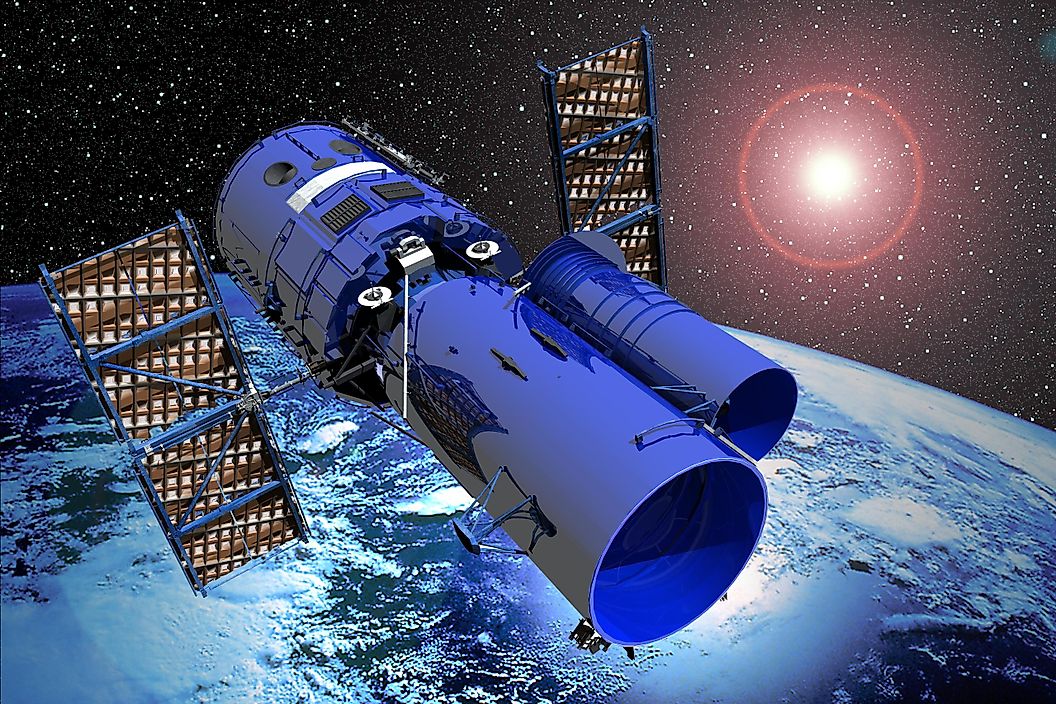The fascination with the night sky has been ingrained in human culture for millennia. Long before the invention of telescopes, ancient civilizations studied celestial objects, developing myths and navigation systems based on the stars. However, it wasn't until around 400 years ago that a groundbreaking tool revolutionized our understanding of the cosmos – the telescope.
In 1543, Polish astronomer Nicolaus Copernicus challenged the prevailing belief that the Earth was the center of the Universe. He proposed that the Earth was just another planet, orbiting the Sun. This heliocentric model was a paradigm shift that laid the foundation for modern astronomy. Copernicus's work faced resistance from those who clung to the geocentric worldview, with Earth at the center. He, in essence, "stopped the Sun and moved the Earth."
The Italian scientist Galileo Galilei took the study of the cosmos to new heights in 1609 when he peered through a simple telescope. His observations confirmed Copernicus's heliocentric model, revealing phases of Venus, moons around Jupiter, and mountains on the Moon. However, Galileo's revolutionary findings were met with opposition from the 17th-century Church in Italy, leading to his house arrest.
Fast forward to the 20th century, and telescopes made their way into space. The Hubble Space Telescope (HST), launched in 1990, became a celestial eye, orbiting the Earth at 28,000 kilometers per hour (17,400 mph). It provided astronomers with unprecedented views of distant galaxies, nebulae, and other cosmic phenomena.
The HST, about the size of a school bus, featured solar panels to convert sunlight into electricity and antennas for communication with Earth. Its detailed images, such as those capturing the death of a star, captivated the world. Monitored by the Flight Operations Team at the Goddard Space Flight Center, the Hubble Telescope opened new frontiers in space exploration.
As technology advanced, plans emerged for the James Webb Space Telescope (JWST) to succeed Hubble, it launched in 2021, the JWST promises even clearer and more extensive views of the cosmos. This new telescope will extend our vision deeper into space, unveiling secrets that were previously beyond our reach.
Telescopes, whether on Earth or in space, have played a pivotal role in shaping our understanding of the Universe. They have allowed us to gaze into the depths of space, unraveling mysteries that were once confined to the realm of speculation and imagination.
Tags:
Space Technology

